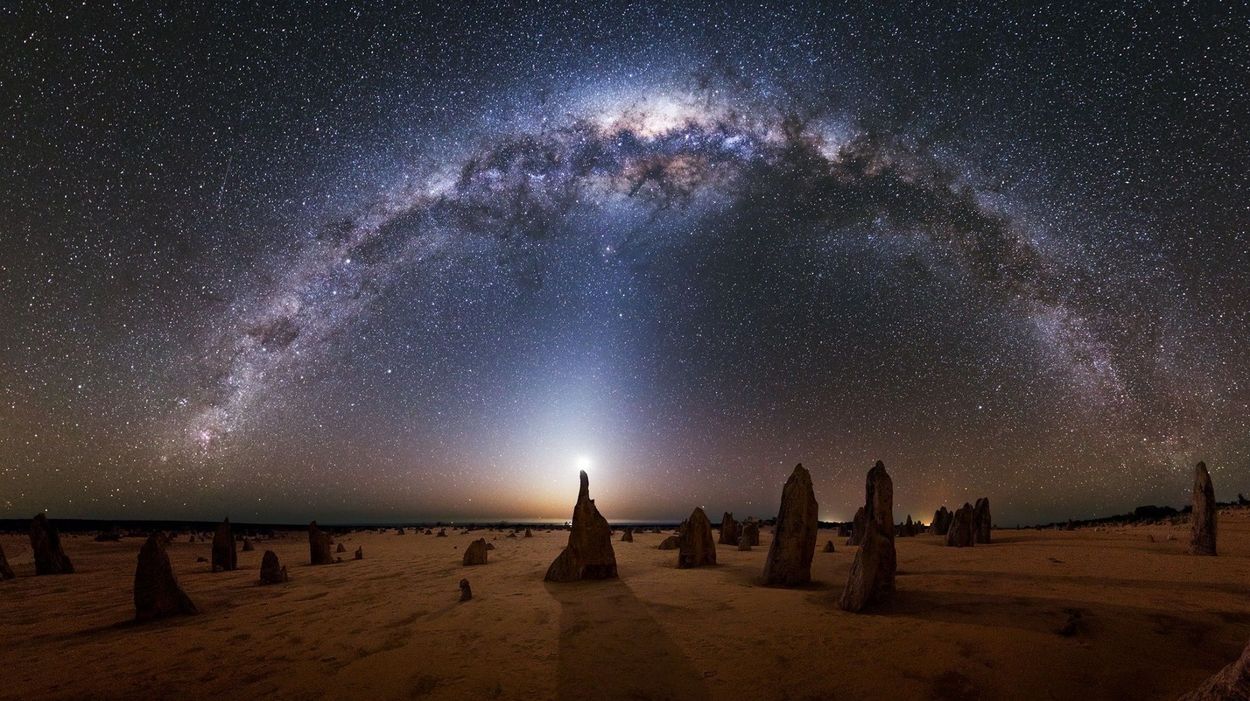
What is the 21-cm line? The 21-cm line, also known as the hydrogen line, is a specific radio wavelength emitted by neutral hydrogen atoms. This wavelength measures 21 centimeters, or about 8.3 inches. Discovered in 1951, it has become a crucial tool for astronomers. Why? Because it helps map the structure of our galaxy and others. By studying this line, scientists can determine the distribution and movement of hydrogen gas in space. This data reveals the spiral arms of galaxies and even the rotation curves, shedding light on the mysterious dark matter. In essence, the 21-cm line is a cosmic fingerprint, unlocking secrets of the universe.
What is the 21-cm Line?
The 21-cm line, also known as the hydrogen line, is a specific radio wavelength emitted by neutral hydrogen atoms. This line has immense significance in astronomy and cosmology.
- The 21-cm line corresponds to a frequency of 1420.4 MHz.
- It is produced when the electron in a hydrogen atom flips its spin relative to the proton.
- This transition is extremely rare, occurring roughly once every 10 million years for a single atom.
- Despite its rarity, the vast amount of hydrogen in the universe makes the 21-cm line detectable.
Importance in Astronomy
Astronomers use the 21-cm line to study various aspects of the universe, from the structure of galaxies to the large-scale distribution of matter.
- The 21-cm line allows astronomers to map the distribution of neutral hydrogen in galaxies.
- It helps in determining the rotation curves of galaxies, which provides evidence for dark matter.
- The line is used to study the interstellar medium, the matter that exists in the space between stars.
- It can penetrate dust clouds that obscure visible light, offering a clearer view of the galaxy.
Historical Discoveries
The discovery and subsequent studies of the 21-cm line have led to several groundbreaking findings in astronomy.
- The 21-cm line was first predicted by Dutch astronomer Hendrik van de Hulst in 1944.
- It was first detected in 1951 by Harold Ewen and Edward Purcell at Harvard University.
- The discovery confirmed the presence of vast amounts of hydrogen in the Milky Way.
- It provided the first direct evidence of the spiral structure of our galaxy.
Technological Applications
The study of the 21-cm line has driven advancements in radio astronomy and technology.
- Radio telescopes are specifically designed to detect the 21-cm line.
- The Very Large Array (VLA) in New Mexico is one of the most famous radio telescopes used for this purpose.
- Advances in receiver technology have improved the sensitivity and resolution of 21-cm line observations.
- Software algorithms have been developed to process the data collected from these observations.
Cosmological Significance
The 21-cm line is not just important for studying our galaxy but also for understanding the universe as a whole.
- It helps in studying the cosmic web, the large-scale structure of the universe.
- The line provides insights into the epoch of reionization, a period when the first stars and galaxies formed.
- It can be used to measure the expansion rate of the universe.
- The 21-cm line offers a way to study dark energy, the mysterious force driving the accelerated expansion of the universe.
Challenges and Future Prospects
Studying the 21-cm line comes with its own set of challenges, but future prospects are promising.
- One challenge is the interference from human-made radio signals, known as radio frequency interference (RFI).
- Another challenge is the weak signal strength, requiring highly sensitive instruments.
- Upcoming projects like the Square Kilometre Array (SKA) aim to overcome these challenges.
- The SKA will be the world's largest radio telescope, significantly enhancing our ability to study the 21-cm line.
Fun Facts
Here are some interesting tidbits about the 21-cm line that you might find fascinating.
- The 21-cm line is also known as the "spin-flip" transition.
- It is one of the few spectral lines that can be observed from the ground, as Earth's atmosphere is transparent to radio waves.
- The line has been used in the search for extraterrestrial intelligence (SETI) as a potential communication channel.
- It is sometimes referred to as the "magic frequency" due to its unique properties.
- The 21-cm line has been used to create detailed maps of the Milky Way and other galaxies.
- It has helped in understanding the distribution of dark matter in the universe.
- The study of the 21-cm line continues to be a vibrant field of research, with new discoveries being made regularly.
The 21-cm Line: A Cosmic Marvel
The 21-cm line isn't just a scientific curiosity; it's a window into the universe's secrets. This unique radio wave, emitted by neutral hydrogen atoms, has helped astronomers map the Milky Way, understand galactic structures, and even peek into the early universe. Without it, our knowledge of cosmic evolution would be far less detailed.
From revealing the distribution of hydrogen in galaxies to aiding in the search for dark matter, the 21-cm line is indispensable. It's a testament to how a single discovery can revolutionize our understanding of the cosmos. As technology advances, who knows what more we'll uncover using this fascinating wavelength?
Keep an eye on the stars, because the 21-cm line will continue to guide us through the vast, mysterious expanse of space.
Was this page helpful?
Our commitment to delivering trustworthy and engaging content is at the heart of what we do. Each fact on our site is contributed by real users like you, bringing a wealth of diverse insights and information. To ensure the highest standards of accuracy and reliability, our dedicated editors meticulously review each submission. This process guarantees that the facts we share are not only fascinating but also credible. Trust in our commitment to quality and authenticity as you explore and learn with us.
